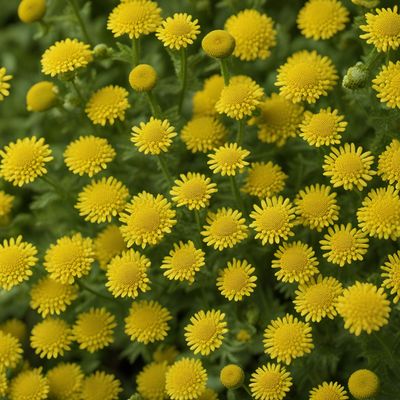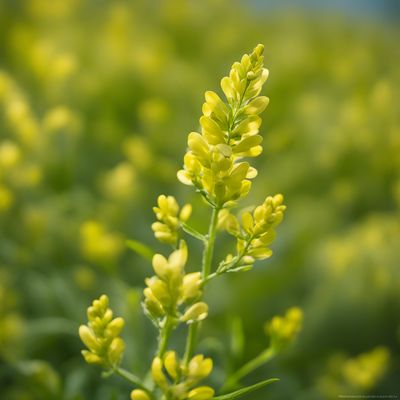
Ingredient
Meadowsweet infusion leaves
The Nature's Elixir
Meadowsweet infusion leaves, also known as Filipendula ulmaria, are fragrant herbs that are commonly used to make herbal teas and infusions. They have a pleasant aroma reminiscent of almonds and a slightly sweet, floral taste. The leaves are green and feathery, adding visual appeal to beverages.
Origins and history
Meadowsweet has a long history of use in traditional medicine and culinary practices. It has been valued for its medicinal properties and was used by ancient civilizations, including the Greeks and Romans. Meadowsweet was also a popular flavoring agent in medieval European cuisine. Today, it is still used in herbal remedies and is enjoyed as a calming and aromatic beverage.
Nutritional information
Meadowsweet infusion leaves contain salicylates, which have anti-inflammatory properties. They also contain tannins, flavonoids, and essential oils. Meadowsweet tea is known for its soothing effects on the digestive system and is often used to relieve heartburn, indigestion, and stomach ulcers.
How to select
When selecting meadowsweet infusion leaves, look for dried leaves that are whole and intact. Avoid leaves that appear discolored or have a musty odor. Opt for organic or wildcrafted varieties to ensure the absence of pesticides or other contaminants.
Storage recommendations
To preserve the flavor and aroma of meadowsweet infusion leaves, store them in an airtight container in a cool, dark place. Keep them away from moisture and direct sunlight. Proper storage will help maintain their potency and freshness.
How to produce
Meadowsweet can be grown in gardens or pots. It prefers moist soil and partial shade. Harvest the leaves when they are fully grown and dry them for later use. Meadowsweet can also be foraged in the wild, but proper identification is essential to avoid any toxic look-alike plants.
Preparation tips
Meadowsweet infusion leaves can be used to make herbal teas and infusions. Simply steep a few leaves in hot water for 5-10 minutes, strain, and enjoy. The tea can be consumed hot or cold and may be sweetened with honey or other natural sweeteners if desired.
Culinary uses
Meadowsweet infusion leaves are commonly used to make herbal teas and infusions. They can be enjoyed on their own or blended with other herbs, such as chamomile or lavender. Meadowsweet tea is often consumed for its calming and relaxing effects.
Availability
Meadowsweet is native to Europe and Asia and is commonly found in meadows, damp woodlands, and along riverbanks. It is cultivated in various countries, including the United Kingdom, Germany, and Russia.
More ingredients from this category » Browse all

Common vervain infusion leaves
The Healing Power of Common Vervain

Gymnema infusion leaves
The Sweet-Suppressing Herb

Tansy infusion leaves
The Herbal Elixir: Tansy Infusion Leaves

Wood betony infusion leaves
The Healing Power of Wood Betony

Mulberry (black and white) infusion leaves
The Versatile Mulberry

Smooth rupturewort infusion leaves
The Tranquil Herbal Elixir

Strawberry infusion leaves
The Fragrant Essence of Strawberry

Eyebright infusion leaves
The Visionary Herb: Exploring the Benefits of Eyebright Infusion Leaves

Yellow sweet clover infusion leaves
Golden Elixir: Unveiling the Magic of Yellow Sweet Clover Infusion Leaves

Hazelnut infusion leaves
Aromatic Hazelnut Elixir

Blackberry infusion leaves
The Essence of Blackberry Infusion Leaves

Alfalfa infusion leaves
The Green Powerhouse: Alfalfa Infusion Leaves